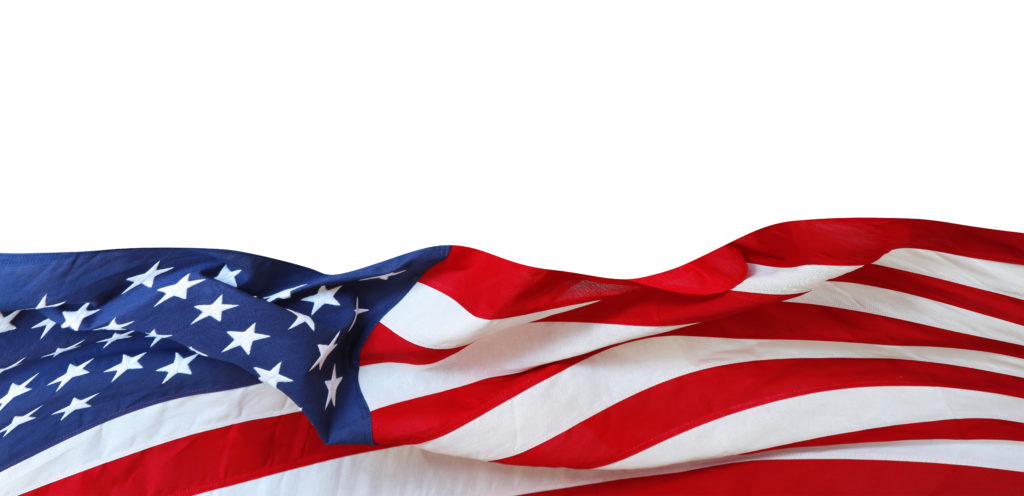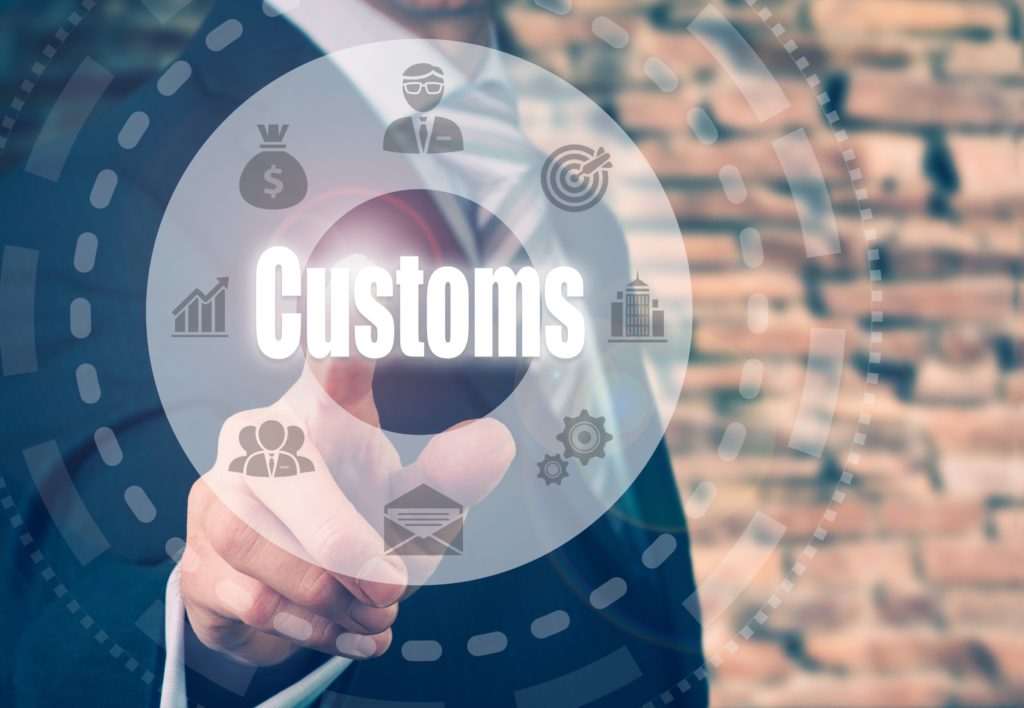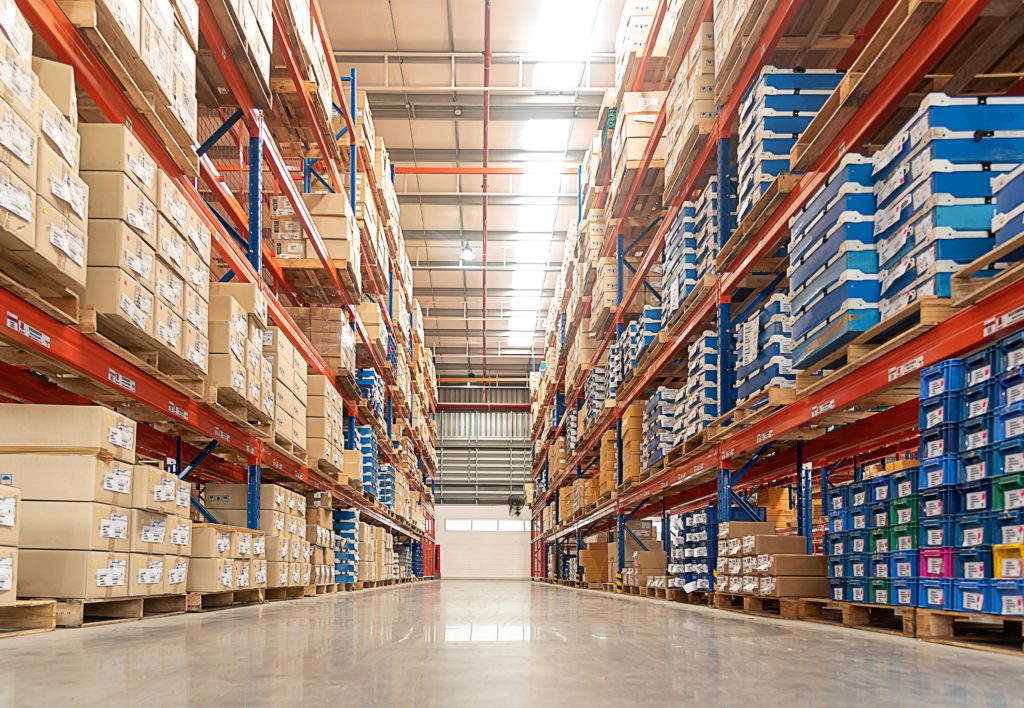Medical Device 510 k Premarket Notification
510K Premarket Notification
Medical Device – Premarket Notification 510(k)
The Federal Food and Drug Administration (FDA) regulates medical devices based on risk. Class I devices are considered low risk devices. These devices are subject to general controls. Most, but not all, Class I devices are exempt from the premarket notification process. Class II devices, which are considered moderate risk devices are subject to general and special controls. Most, but not all, Class II devices require a premarket notification. Class III devices are considered high risk devices and these are subject to general controls and premarket approval.
The Federal Food, Drug, and Cosmetic (FD&C) Act defines the three device classes as follows:
- Class I: Devices are subject to a comprehensive set of regulatory authorities called general controls that are applicable to all classes of devices.
- Class II: Devices for which general controls, by themselves, are insufficient to provide reasonable assurance of the safety and effectiveness of the device, and for which there is sufficient information to establish special controls to provide such assurance.
- Class III: Devices for which general controls, by themselves, are insufficient and for which there is insufficient information to establish special controls to provide reasonable assurance of the safety and effectiveness of the device. Class III devices typically require premarket approval.
In-Depth Coverage: Importing Medical Device
Premarket notification, also known as 510(k), is a premarket submission made to the FDA to demonstrate that the device to be marketed is safe and effective, and substantially equivalent to a legally-marketed device that is not subject to Premarket Approval. Submitters must compare their device to one or more similar legally marketed devices and make and support their substantial equivalence claims.
When an imported medical device requires premarket notification, the FDA will verify the declared 510(k) by comparing the submitted information to the data systems of the Center for Devices and Radiological Health (CDRH). If the 510(k) information and number is not supplied or is incomplete or inaccurate, it may delay the review of your entry.
Actually the 510(k) is the most common premarket submission for medical devices. Each person who wants to market in the U.S., a Class I, II, and III device intended for human use, for which a Premarket Approval application (PMA) is not required, must submit a 510(k) to FDA unless the device is exempt from 510(k) requirements. Before marketing a device, each submitter must receive an order, in the form of a letter, from FDA which finds the device to be substantially equivalent (SE) and states that the device can be marketed in the U.S. This order “clears” the device for commercial distribution.
What are legally marketed devices?
A legally marketed device is a device that was legally marketed prior to May 28, 1976 (preamendments device), or a device which has been reclassified from Class III to Class II or I, a device which has been found SE through the 510(k) process, or a device that was granted marketing authorization via the De Novo classification process under section 513(f)(2) of the FD&C Act that is not exempt from premarket notification requirements.
The legally marketed device(s) to which equivalence is drawn is commonly known as the “predicate.” Although devices recently cleared under 510(k) are often selected as the predicate to which equivalence is claimed, any legally marketed device may be used as a predicate. Legally marketed also means that the predicate cannot be one that is in violation of the Act.
What is Substantial Equivalence?
A 510(k) requires a demonstration of substantial equivalence to another legally U.S. marketed device. Substantial equivalence means that the new device is at least as safe and effective as the predicate.
A device is substantially equivalent if, in comparison to a predicate it:
- has the same intended use as the predicate; and
- has the same technological characteristics as the predicate; or
- has the same intended use as the predicate; and
- has different technological characteristics and does not raise different questions of safety and effectiveness; and
- the information submitted to the FDA demonstrates that the device is at least as safe and effective as the legally marketed device.
It is important to note that substantial equivalence is the whole point of the 510(k) program and that is what you are trying to demonstrate in your submission.
A claim of substantial equivalence does not mean the new and predicate devices must be identical. Substantial equivalence is established with respect to intended use, design, energy used or delivered, materials, chemical composition, manufacturing process, performance, safety, effectiveness, labeling, biocompatibility, standards, and other characteristics, as applicable.
Who is required to submit 510(k)?
The FD&C Act and the 510(k) regulation do not specify who must submit a 510(k). Instead, they specify which actions, such as introducing a device to the U.S. market, require a 510(k) submission.
The following four categories of parties must submit a 510(k) to the FDA:
1. Domestic manufacturers introducing a device to the U.S. market;
2. Specification developers introducing a device to the U.S. market;
3. Repackers or relabelers who make labeling changes or whose operations significantly affect the device.
4. Foreign manufacturers/exporters or U.S. representatives of foreign manufacturers/exporters introducing a device to the U.S. market.
When is a 510(k) is required?
A 510(k) is typically required in three scenarios.
- The first is if you are introducing a new device to the market for the first time.
- The second could be changing the indications for use of a previously cleared device.
- The third could be making significant modifications to a previously cleared device.
In these situations, you would require 510(k) clearance before you could market the product. On this slide I provided references.
When is a 510(k) not required?
The following are examples of when a 510(k) is not required.
1. You sell unfinished devices to another firm for further processing or sell components to be used in the assembling of devices by other firms. However, if your components are to be sold directly to end users as replacement parts, a 510(k) is required.
2. Your device is not being marketed or commercially distributed. You do not need a 510(k) to develop, evaluate, or test a device.
3. You distribute another firm's domestically manufactured device.
4. In most cases, if you are a repackager or a relabeler and the existing labeling or condition of the device is not significantly changed.
5. Your device was legally in commercial distribution before May 28, 1976 and has not been significantly changed or modified in design, components, method of manufacture, or intended use.
6. The device is made outside the U.S. and you are an importer of the foreign made medical device. A 510(k) is not required if a 510(k) has been submitted by the foreign manufacturer and received marketing clearance. Once the foreign manufacturer has received 510(k) clearance for the device, the foreign manufacturer may export his device to any U.S. importer.
7. Your device is exempted from 510(k) by regulation (21 CFR 862-892). That is, certain Class I or II devices can be marketed for the first time without having to submit a 510(k). A list of the Class I and II exempted devices can be found on Medical Device Exemptions 510(k) and GMP Requirements. However, if the device exceeds the limitations of exemptions in .9 of the device classification regulation chapters (e.g., 21 CFR 862.9, 21 CFR 864.9), such as the device has a different intended use or operates using a different fundamental scientific technology than a legally marketed device in that generic type of device, or the device is a reprocessed single-use device, then a 510(k) must be submitted to market the new device.
Types of 510(k) Submissions?
There are three types of 510(k) submissions. There is a traditional 510(k), an abbreviated 510(k), and a special 510(k).
Traditional 510(k)
For a traditional 510(k), you must submit the required elements of 21CFR 807.87. These are typically the administrative requirements, such as the business name, the trade name, things like that. The traditional 510(k) relies on the demonstration of Substantial Equivalence. It’s important to note that a traditional 510(k) can be used under any circumstance, while the abbreviated and special 510(k) can only be used if certain criteria are met.
Abbreviated 510(k)
An abbreviated 510(k) must also include the required elements of 21 CFR 807.87. But an abbreviated 510(k) relies on the use of guidance documents, special controls and recognized standards. Under certain conditions, sponsors may not need to submit test data in an abbreviated 510(k) because you are following the FDA recommendations and guidance documents, or recognized consent of standards. So, that is when an abbreviated 510(k) may be appropriate.
Special 510(k)
A special 510(k) must also include the required elements of 21 CFR 807.87. However, a special 510(k) is appropriate when you are making device modifications to a manufacturer's own legally marketed device. It is important to note, also, for a special 510(k) to be appropriate, the modification may not affect the intended use or the fundamental scientific technology of the device.
Quick Link To U.S. Customs & Import Requirements
In-Depth Coverage: Country of Origin
- Country of Origin of Imported Merchandise
- Customs Ruling: Country of Origin
- Country of Origin: Food Products
- Country of Origin: Chemical and Pharmaceutical Products
- Country of Origin & Country of Manufacture: CBP vs. FDA
- Country of Origin: Substantial Transformation or Country of Assembly Test
- Country of Origin and Free Trade Agreement
- Country of Origin and Section 301
In-Depth Coverage: USDA-Regulated Products
- Importing USDA-Regulated Food Products
- Import Regulation by USDA Agricultural Marketing Service (AMS)
- Food Products – FDA or USDA Regulated
- Country of Origin Labeling
- Importing Animals, Animal Products, and Biologics into the US
- Importing Meat, Poultry, and Egg Products into the US
- Labeling and Marking of Imported Meat, Poultry, and Egg Products
- USDA National Organic Program (NOP)
- Agricultural Safeguards and USDA Licensing
In-Depth Coverage: Cosmetics Import Requirements
In-Depth Coverage: Customs Valuation
Customs Clearance and Import Requirements
- Entry of Imported Merchandise
- What is Section 321 Entry?
- What is Automated Commercial Environment (ACE)
- What is an Automated Broker Interface (ABI)?
- Who is Ultimate Consignee?
- What is Non-Resident Importer Program?
- Country of Origin of Imported Merchandise
- What is the Country of Assembly?
- What is the FDA's Country of Manufacture?
- Marking of Country of Origin on U.S. Imports
- What is Customs Bond?
- Reconciliation Prototype and Bond Rider
- Who Needs a Customs Broker?
- What is Customs Ruling Program?
- Classification of Imported Goods
- How is imported merchandise appraised?
- What are Import Quotas?
- What are Trade Remedy Duties?
- Antidumping Duty (AD) and Countervailing Duty (CVD)
- What is Foreign Trade Zone (FTZ)?
- What is Importer Security Filing (ISF)?
- What is Temporary Importation under Bond (TIB)
- What is In-Bond Process?
FDA-Regulated Products and Import Requirements
- What is Food Safety Modernization Act (FSMA)?
- Prior Notice of Imported Foods
- Food Facility Registration
- Risk-Based Preventive Controls for Human Food
- Risk-Based Preventive Control for Animal Food
- Standards for the Growing, Harvesting, Packing, and Holding of Produce for Human Consumption
- What is Foreign Supplier Verification Program (FSVP)?
- Protect Food against Intentional Adulteration
- FDA Regulated Product in Foreign Trade Zone (FTZ)
- Entry Review Process for FDA Regulated Products
- Country of Origin VS Country of Manufacture
- Foods Regulated by FDA or USDA: What is the Difference?
- Label and Labeling Claims for Conventional Food and Dietary Supplements
- What is USDA Country of Origin Labeling (COOL)?
- Import for Export of FDA Regulated Products
- FDA Regulated Products in Personal Baggage or Sending by Mail or Courier
- International Mail Facility (IMF) and FDA Regulation
- Importing Biological Product Regulated by CBER
- Importing Cosmetics and Voluntary Cosmetic Registration Program (VCRP)
- Importing Drugs into the U.S.
- Importing OTC Drugs into the U.S.
- Importing Veterinary Drugs into the U.S.
- Importing Tobacco Products into the U.S.
- Importing Medical Devices into the U.S
- Importing Food Products into he U.S.
- Importing Radiation-Emitting Products into the U.S.
Guidance on customs & logistics solution for traditional and e-commerce importers and exporters
Importer Security Filing (ISF)
An ISF is required when cargo (ocean only) laden on vessel at a foreign port is destined for shipment to the U.S. Under ISF rule, some importing information and details regarding cargo must be transmitted to the CBP at least 24 hours before goods are loaded onto the vessel.
Customs Clearance
All goods imported into the U.S. are required to be declared to CBP. Our customs broker will help you stay in compliance with customs laws and regulations and clear your goods quickly and efficiently with our electronic Automated Commercial Environment (ACE) and Automated Broker Interface (ABI) Single Window System.
Freight Forwarding
Looking for a freight forwarding partner? To move your cargo from its current location through customs to its final destination we will partner with you to find the best way for your business. Whatever your transportation, logistics or customs clearance needs, we will do our best to customize a solution for your needs.
Warehousing & Distribution
Our warehouse facility offers great potential for serving as a regional hub with over 145,000 SF storage capacity close to Los Angeles Airport & Los Angeles/Long Beach Sea port. With our extensive experience in freight services, your import/export cargo will be handled quickly and effectively.
Section 321 Entry
Section 321 entry allows importing free of duty and tax for shipments imported by one person on one day having a fair retail value in the country of shipment not more than $800. We provide our resident and non-resident clients with dedicated ACE eManifest solutions for Section 321 entry of all modes of transportation.
Non-resident Importer Program
If you want to sell your products in U.S. marketplaces, but you are a business owner located outside of the U.S. and do not have an entity or presence in the U.S., you need to be established as a Foreign Importer of Record before your products can be imported into the U.S. We can help you.
E-Commerce
The Internet has made it easy to find and purchase items from almost anywhere in the world. Our e-commerce experts will help you find the right solution for your international transportation, customs clearance, and delivery to your final destination. We also provide value-added repackaging, warehousing and distribution services.























